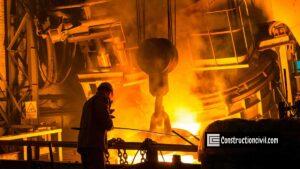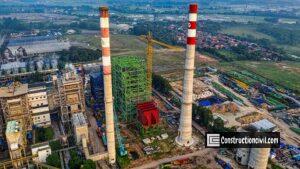What is Thermal Power Plant?
The thermal power plants are industrial setup for the generation of electricity. The power sector is the most common sector of industrial structures. After generating power by the power plant, it is distributed to different power stations which are connected to an electrical grid system. When such power plants use coal as a primary energy source for generating power is called Coal-fired plants or thermal power plants.
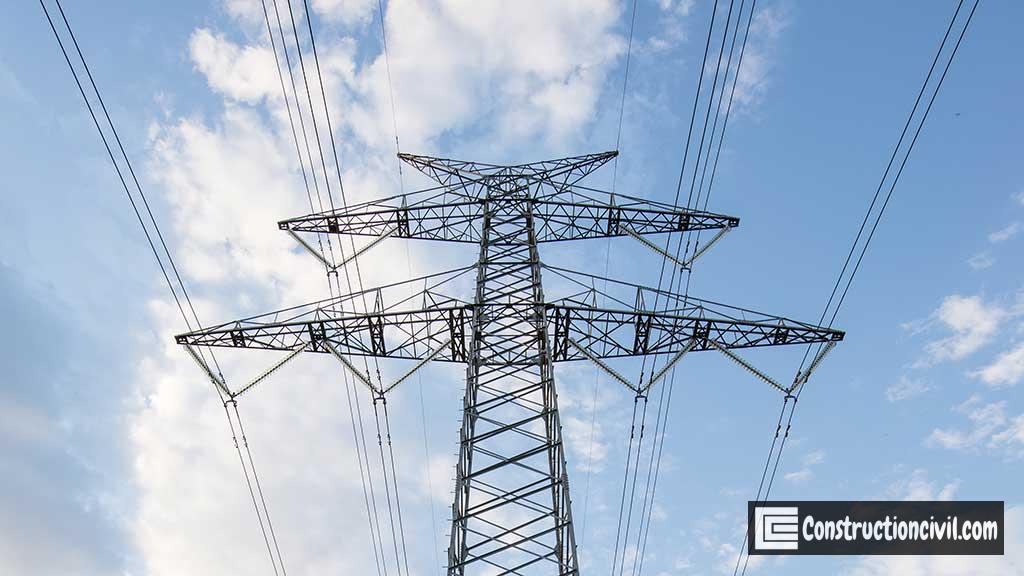
Types of Power Plants- Based on Uses:
Power plant can be classified depending on commercial use, and the following types of power plants are observed in India.
Captive Power Plants ( CPP):
Captive Power Plants are constructed as an annexure to a main industrial plant (say, Steel Plant, Fertilizer Plant, Petro-Chemical Plant etc.), generally, within the Project premises. A CPP is normally constructed to get the required power to run a particular industrial unit/project and thus the said industrial unit is not dependent on the supply of power from an outside source, regularly or in case of any eventuality.
Industrial Power Plants (IPP):
These types of power plants are for generating electricity to supply in different industries, irrigation work and for commercial and domestic use against a tariff to be paid by the consumer.
Types of Power Plants – Based on Energy Source:
The power plants can be further classified based on the primary energy source for generating power. According to the energy used for power generation, the types of power plants are:
- Coal-fired power plants
- Gas-fired plants
- Oil-fired plants
- Hydroelectric power plants
- Geothermal power plants
- Combined-cycle power plants
- Nuclear power plants
- Solar power stations
- Solar thermal power plants
- Wind power stations
- Bio gas-based power stations
Nowadays, Scientists and Engineers are setting up plants for generating power from the sea wave also. Types of power stations/plants mentioned above in point number 6-8 are known as power from the non-conventional source. The size and generating capacity of such types of power plants/stations are small compared to those listed from 1-5. Among the above, coal-based thermal power plants are the most common types of power plants, and 80% of the total requirement in India are fulfilled from Thermal Power Plants.
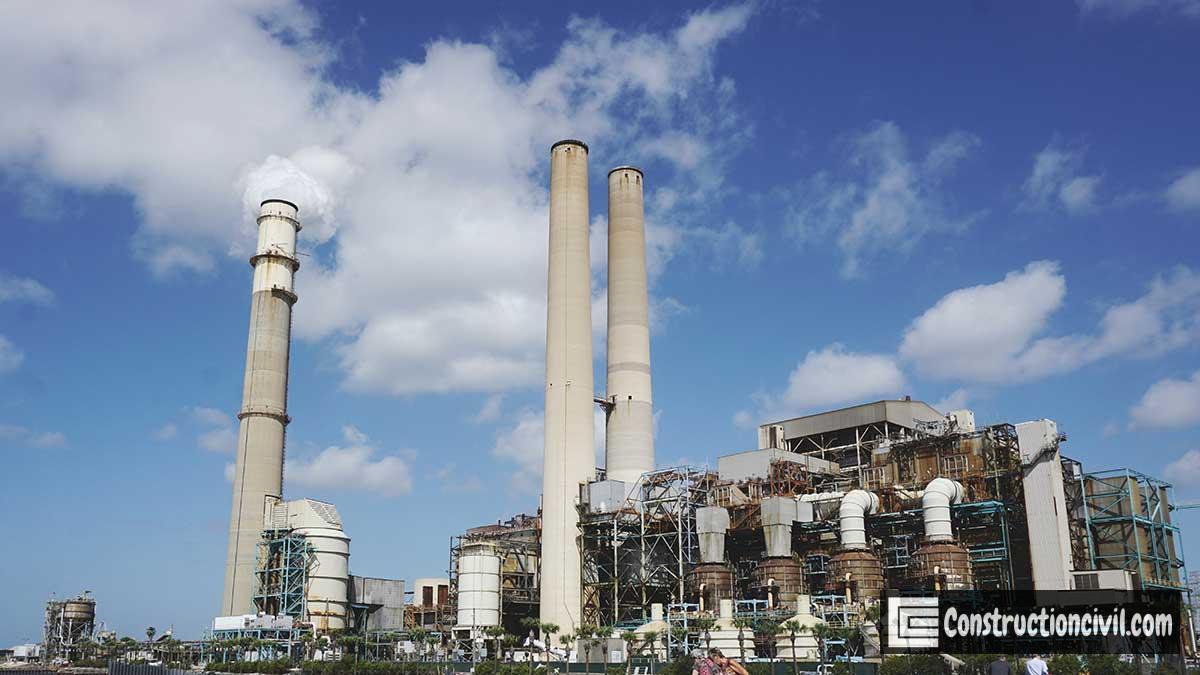
Thermal Power Plants Components:
The following components are considered as the primary components of thermal power plants in India.
- Turbo-Generator (TG)
- TG Building
- Boiler
- Mill and Bunker
- Electro Static Precipitator (ESP) and ESP Control Room
- Chimney
- Coal Handling Plant
- Cooling Tower
- Ash Handling System
- Water Treatment Plant.
Thermal Power Plants Construction:
Foundation – Thermal Power Plants:
Power plant foundation designs are based on the geotechnical properties of soil, and where the foundation soil consists of silty clay, loose fine sand which is highly collapsible in nature deep foundation is preferred. Critical foundations of the proposed power plant should be deep foundations in the form of Pile foundations. The following power plant component foundations are considered a critical type.
- TG foundations
- Boiler foundations
- ID, FD and PA fans foundations
- Mill & Bunker foundations
- Chimney foundations
- Coal Handling Plant foundations
- CW Pump House foundations
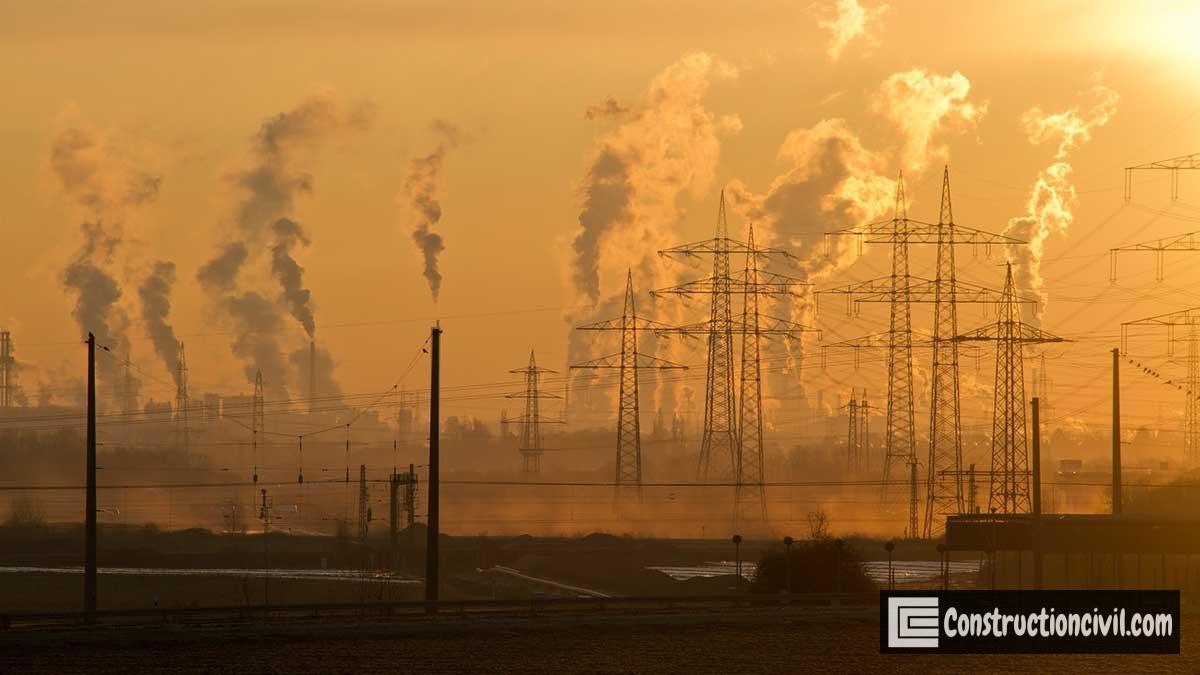
General Construction Guidelines:
- Construction of such foundation involves the excavation of soil up to required depth. Excavation is carried out with excavators in stages, providing slopes and benches after every 1.2m depth.
- When excavation is carried out adjacent to an existing foundation, it is necessary to erect shoring prior to starting the excavation to protect the existing foundation/structure.
- Excavation never is carried out without providing proper side slope.
- Where water problem is severe, prior planning is to be made for dewatering and discharging pumped out water.
- In some cases bore wells with submerged pumps, well points are installed to lower the groundwater table. After falling the groundwater table, the pit becomes dry, which helps to work faster.
- It is to be understood that indiscriminate drawdown of water table also can pose a problem for adjacent structure. Hence, the system is installed and operated as per the design and instruction of geotechnical engineers.

- The side of the excavated pits shall not dump the excavated soil. Dumped soil is additional surcharge load, may lead to failure. Excavated soil is to be dumped at least 3m away from the side excavated pit.
- Involvement of formwork and its repetition has to be understood to facilitate the timely progress of work.
- The foundation of all major structures is normally constructed on piles of different diameters and capacity based on the sub-soil condition and design requirement.
- Construction activities in a Thermal Power plant, generally, include a considerable quantity of fabrication and erection work of Structural Steel in addition to Reinforced Cement Concrete work.
- Execution of any industrial plant is a multi-discipline activity requiring coordination with Engineers and vendors of different discipline like mechanical, electrical and finally commissioning team.
- Activities connected with/dependent on agencies of other discipline are interface activity. Such interface activities are numerous and very important, calls for thorough and detail study of Civil/Architectural and Equipment drawings before starting execution of the construction.
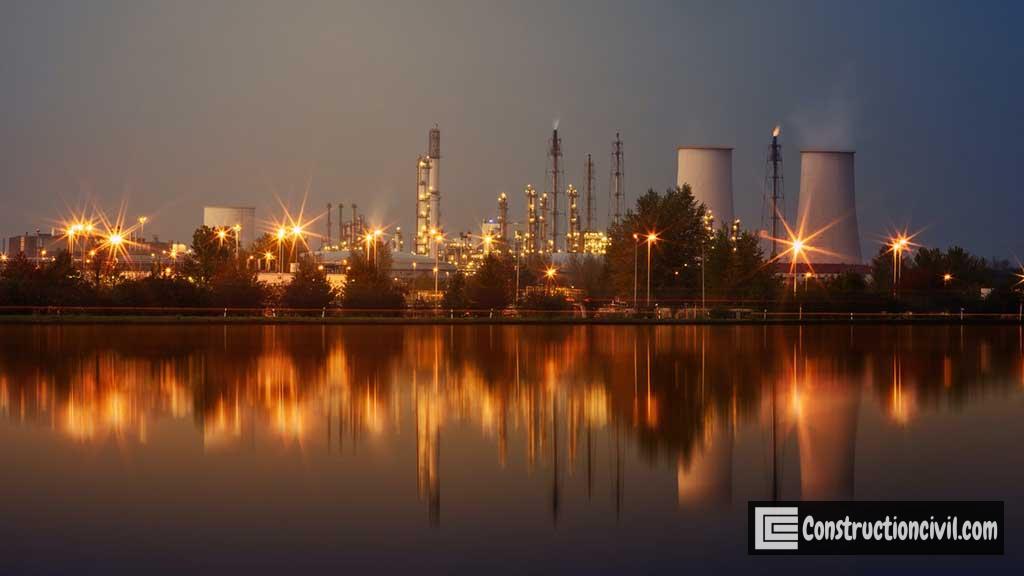
- In an industrial project, to a foundation, there remains provision for fixing bolts, inserts, embedded conduits for functional requirements. These are fixed in position during the construction of the foundation/structure as per the drawing.
- Construction planning is most important to implement the execution of work successfully, as the phase-wise handing over of different equipment foundations/areas are needed.
Top 10 Largest Thermal Power Plants in India:
| Sl No. | Name | Capacity (MW) | Location |
| 1 | Vindhyachal Thermal Power Station | 4760 | Madhya Pradesh |
| 2 | Mundra Thermal Power Station | 4620 | Gujarat |
| 3 | Mundra Ultra Mega Power Plant | 4000 | Gujarat |
| 4 | Sasan Ultra Mega Power Plant | 3960 | Madhya Pradesh |
| 5 | Tiroda Thermal Power Plant | 3300 | Maharashtra |
| 6 | Talcher Super Thermal Power Station | 3000 | Odisha |
| 7 | Rihand Thermal Power Station | 3000 | Uttar Pradesh |
| 8 | Sipat Thermal Power Plant | 2,980 | Chhattisgarh |
| 9 | Chandrapur Super Thermal Power Station | 2920 | Maharashtra |
| 10 | NTPC Dadri | 2637 | Uttar Pradesh |





